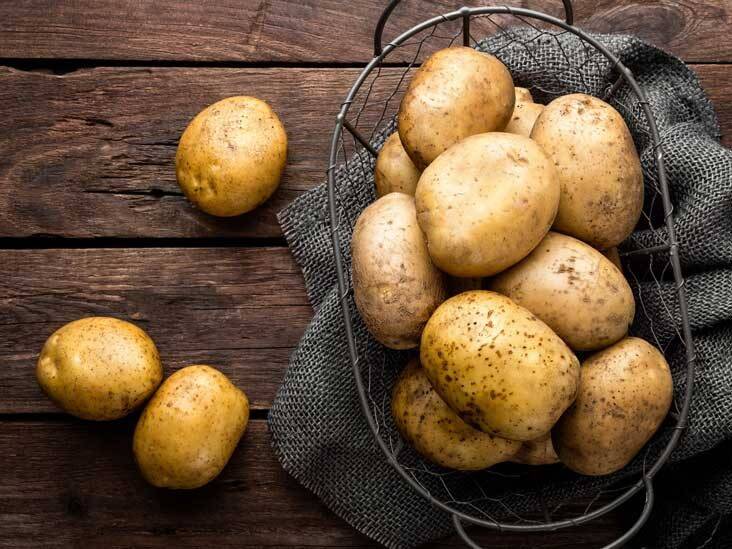
Vegetables are the staple food that we can’t ever ignore. With the ever-growing food safety concerns worldwide people are generally trying their best to get vegetables that are more organic in nature.
Well, why go hunting for Organic Food outside or surfing through the internet for hours when you can actually grow them at home. Listed below are 5 vegetables that can be grown at your home without much effort:
Potatoes
Potatoes are one of the easiest vegetables to grow at your home. They also are vegetables that can be grown anywhere except in Alaska. Due to the ease with which potatoes can be planted anywhere, it is also commonly known as poor man’s food. So if you want to grow some potatoes, Simply bury a whole potato in some soil or a pot and wait. When potatoes are left unattended for an extended period of time, they can grow on their own. In a short time, the potato will take root and sprout a new plant.
Green Onions/Scallions
Green onions do well indoors because they're easy to care for and don't require as much sunlight as some other veggies. You can either use seeds or you can simply replant the root end of the green onions after using the top.
Tomatoes
Tomatoes thrive in summer and hence are a bit hard to actually grow indoors but not impossible. They'll require a lot of light, 14 to 20 hours each day. They self-pollinate like peppers, but you may shake them to assist the pollen fall from blossom to flower. Smaller types thrive in pots, and you'll notice that the seeds germinate swiftly.
Lettuce
Because lettuce (and other salad greens) grows quickly and has shallow roots, it does not require a deep container. Fill a planter with wet, well-draining soil and fill it 2 to 4 inches deep. Sow your seeds by gently pushing them into the soil's surface and misting them to keep them wet. Within a week, you should observe germination. Allow the plants to develop to a height of at least 4 to 6 inches before harvesting. Remove the outer leaves and enable the plant's centre to continue to grow.
Peppers
Pepper plants are perennials that are native to the tropics. They wilt with the first sign of cold, although they may flourish indoors.use seeds to plant peppers, or just bring home some plants from your garden indoors in the late summer. They may not provide a large harvest, but they will bear fruit.
Use a container that is at least 8 inches tall and provide at least 10 hours of light every day for your peppers. Allow the container to dry out between waterings so the plant does not become drowned. Although peppers are self-pollinating, you may need to assist them. You may accomplish this by shaking the plants to move pollen from one blossom to the next or dusting each flower with pollen using a cotton swab.











